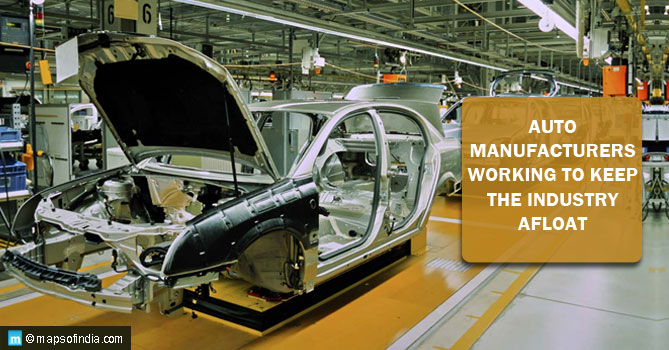Two weeks before the launch of the Ford Mustang, another pony car debuted – one that was claimed to be true-blue muscle. Although the popularity and people’s love and attachment towards the Mustang and others like the Camaro and the Firebird eclipsed the debut pony, it eventually did make a name for itself – one that would live on till cars exist and even after.
Called the Plymouth Barracuda and launched in early 1964, the fastback muscle car was originally named as the Valiant Barracuda and was based on the compact Valiant. The lower body of the donor car was kept pretty much as it was but the body was completely changed. The car had a fastback super structure and the largest single piece of glass ever put on a production car – a massive wraparound tail light, and a stubby trunk lid. The interiors were adorned with bucket seats – a luxury, even for most sport cars, a flip down rear seatback and security panel, for carrying long items. The first batch was marketed primarily upon its convenience features and design rather than its sportscar performance – which would shadow its horses for quite some years. Engine offerings were the same as the Valiant with a 170 Slant 6, a 225 Slant 6 and the 273 V8 as options.
Facelift for Barracuda
The next year saw the production of the Formula S performance option, even though the Barracuda was still far from being a performance car. The 225 Slant 6 officially replaced the 170 Slant 6 as the standard engine option. In 1966, the Barracuda received a facelift like the Valiant, but with its own grill and exterior design. Distinct Barracuda “fish” emblems adorned its trims and remained till 1970.
The Barracuda became a true muscle car in 1967 – the holy year for almost every muscular icon that we know of today including the ’67 Camaro, the ’67 Chevelle SS, the ’67 Shelby GT 500 and others. The Barracuda was redesigned on a new longer wheelbase and offered a choice of two 273 V8s and a new 383 V8. The Slant 6 engine was officially dropped and the 383 turned out to be so large that the power steering pump couldn’t fit under the hood and hence became unavailable. This caused quite some handling issues. The original fastback model was now joined by a notchback and a convertible option. The formula S package was still available and added a heavy duty suspension, tachometer, wide oval tires and special emblems and trim.
With 1968, the Barracuda received minor styling changes and a greater availability of engines. The 225 Slant 6 was reintroduced, and the massive 383 also got a power boost. The 273 engine was then retired. Behind the curtains, Plymouth also built a small number of Hemi powered Barracudas for professional drag racers, but these cars were so rare that only a handful knew of the monstrosity running under these exclusive barracudas’ hoods, and nothing actually helped the ‘Cuda’s performance image.
It wasn’t until 1970, that Plymouth got the angle right and went all in. The Barracuda was moved over to the E-body platform which it shared with the new Dodge Challenger. The Barracuda rode on a two inch shorter wheelbase than the Dodge Challenger although their overall body dimensions were pretty much the same. The performance models were called as “Cudas” and featured five different varieties of V8s the mightiest of which was the 426 Hemi. The Hemi cars received a special high performance suspension system to support all the weight, loads and stresses acting on the body either from the laden weight of the engine and transmission, or the jerks and shocks of the road.
‘Cudas with standard hood scoops
Standard Barracudas came with a flat hood, while the ‘Cudas came with standard dual non-functional hood scoops. A very functional “shaker” scoop was provided as an option, that attached directly on to the engine and poked out through a vent in the hood and shook whenever the engine did.
In 1972, a sad year for performance, the mighty Hemi and the 383 engines were decommissioned because of their inability to meet the new emission standards. The ones that remained were detuned and rated in terms of net horsepower which on the surface seemed like a huge drop in output. The top engine choice for the Barracuda was the 340 V8 and the convertible was discontinued.
1974 was the last year for the legendary Barracuda which was still carried on with 318 and 360 engines. It never returned as a true performance vehicle. Even today a number of Barracudas – both standard and Hemi’s are kept well, alive and roaring by enthusiasts who knew the true potential of the car. So if you’re in Europe or the United States and traversing through the typical muscle fan neighbourhood, keep your eyes wide open and your ears alert. You just might spot a ‘Cuda.




